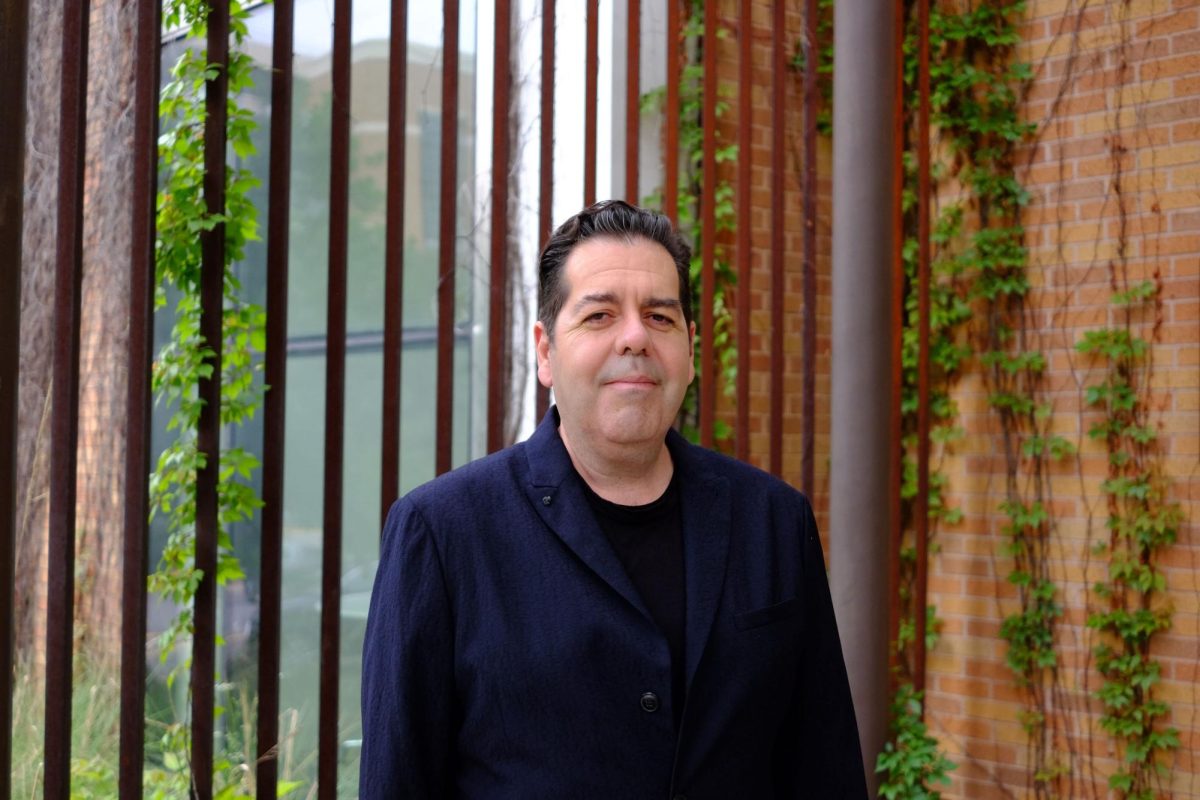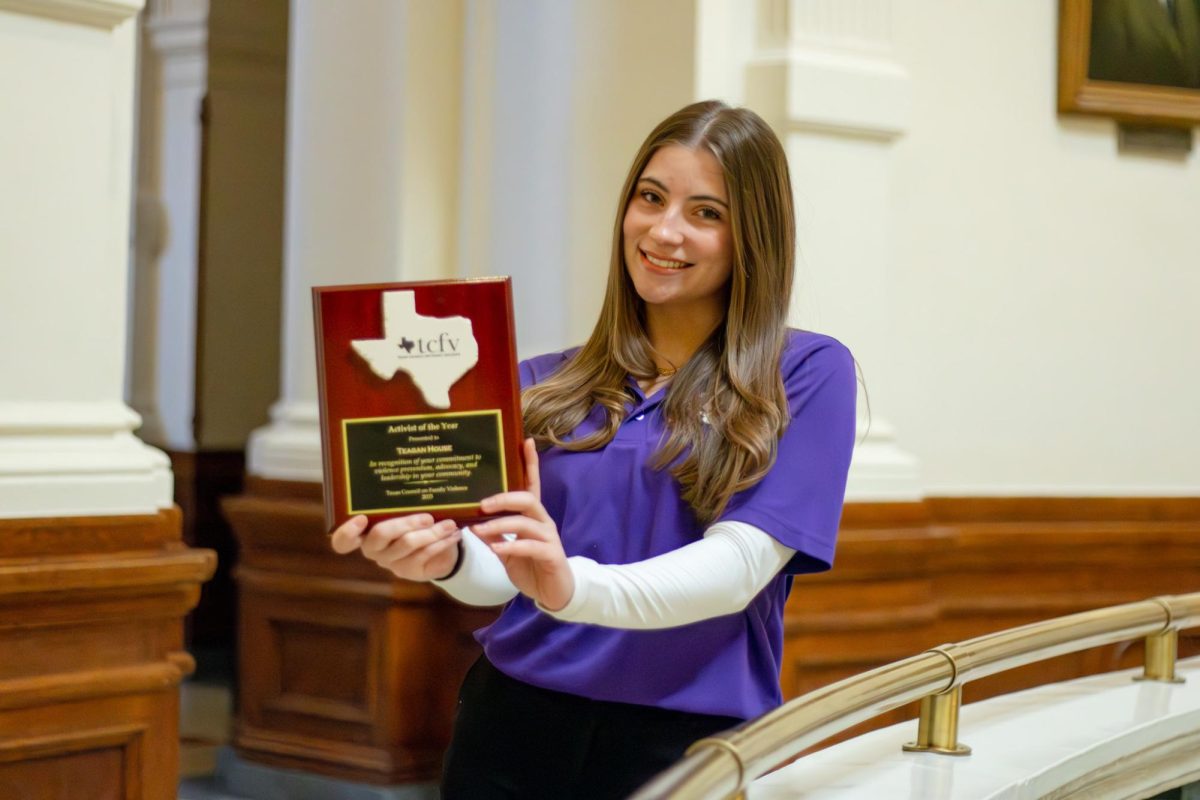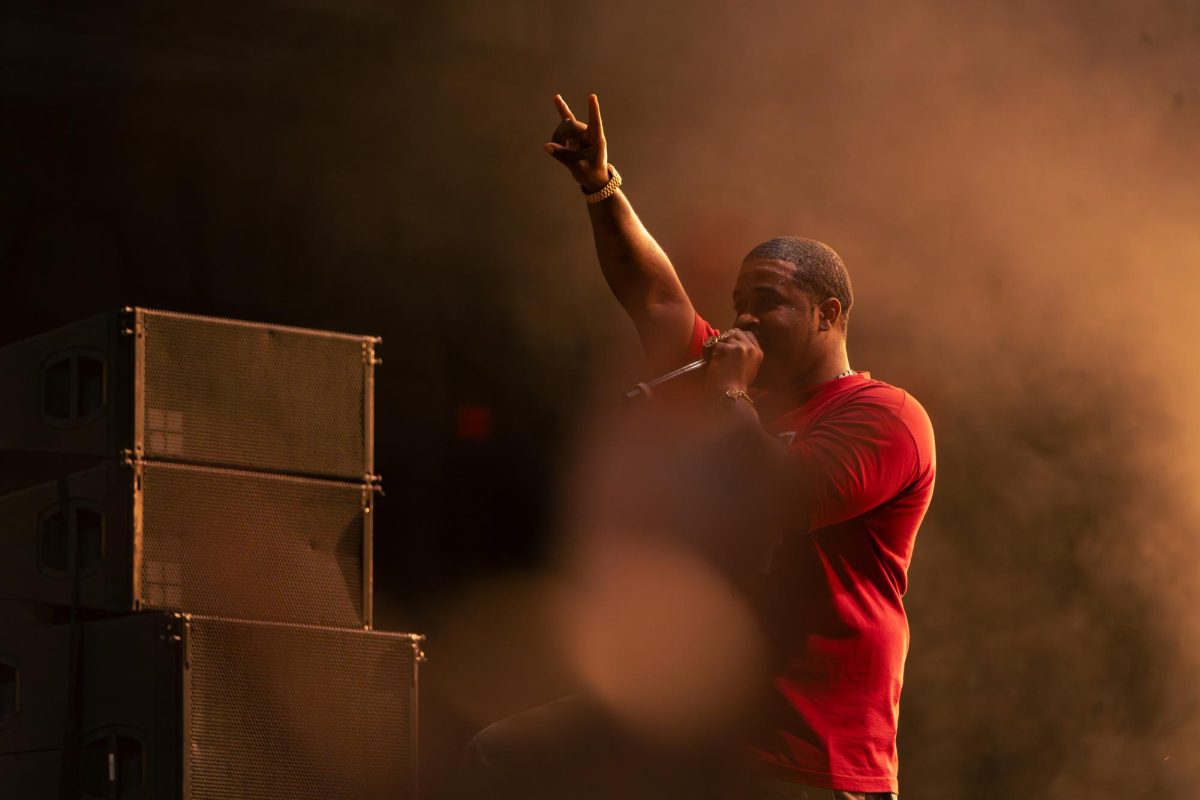Art history professor C. Ondine Chavoya was enjoying a walk through the Blanton Museum of Art one day when he received a call from a New York number. When he returned the missed call from what turned out to be the Museum of Modern Art, Chavoya learned he had been selected as one of their next Scholars in Residence. Having interned at MoMA in his college years before and unaware of his nomination to return as a now accomplished professor and curator, Chavoya felt gleefully surprised by the offer.
Only in its second year, the Ford Foundation’s Scholars in Residence program at MoMA awards three accomplished members of the art history field a year to research artwork from their massive collection while receiving a stipend. Their independent research then impacts how and what work the museum showcases in the future.
“I thought my New York chapter had closed and I’m so excited to have it reopened in this context,” Chavoya said. “I’ll be able to take the things that I’ve gained here and bring them back to Austin and to UT.”
Although Chavoya said he didn’t know who nominated him for the program, many of his colleagues admire his work. Cherise Smith, a fellow art history professor, first met Chavoya a couple of years ago as residential fellows at the Getty Research Institute but said she knew of Chavoya’s work long before.
“When he took a job at The University of Texas, I was really happy to be able to work more closely with him,” Smith said. “(Chavoya) is a curious, interested and engaged person who I find to be really willing to share information.”
Similarly, Ramón Rivera-Servera, dean and professor of the College of Fine Arts, said he followed and admired Chavoya’s work before he came across Chavoya as a new faculty prospect.
“He has this expanded sensibility about what visual culture is,” Rivera-Servera said. “He is an incredibly generous curator and pedagogue and critic because he interprets with an eye towards translation and access for broader audiences.”
Now, with this residency opportunity, Chavoya will offer even more as a curator in Austin and as a professor at UT. Rivera-Servera said upon Chavoya’s return to the university next fall, his students will receive more in-depth art history education because Chavoya can introduce objects to students from his own intimate experience with the artifacts rather than solely based on what’s previously been published.
While Chavoya will be bringing a lot back from the program, he is bringing just as much with him to MoMA since he interned there. Spending his career largely focusing on Chicanx and Latinx art, Chavoya noticed a major lack of representation while studying at the University of Rochester which inspired the rest of his career.
“I remember going back to the library and putting in a keyword search for Chicano art, and only one book came up,” Chavoya said. “What I was learning was that this area had been completely neglected … and recognition of that neglect really compelled me to say this is what I’m going to focus on.”
Chavoya will spend the 2023-24 school year in New York City. Early into the program, Chavoya looks forward to using his background in Chicanx and Latinx art to make the most of his time.
“The exchange between research, teaching and curatorial practice is going to make this time so impactful,” Chavoya said. “I also expect to learn a tremendous amount.”














